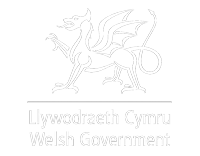More details on the operation of Biodiversity Net Gain (BNG) have been released. This may seem incidental to agriculture, but it potentially opens up a new income stream for land managers. An impact assessment published by Defra alongside a consultation indicates that the annual market for BNG offsets may be in the region of £135m and require up to 10,000 Ha of land (see the market analysis here – http://randd.defra.gov.uk/Default.aspx?Menu=Menu&Module=More&Location=None&ProjectID=20608).
In summary, BNG is a new policy being introduced in England under the Environment Act. It requires any development to deliver 10% more biodiversity after the development has been done than was present beforehand. Whilst it is possible to deliver some of the ‘after’ biodiversity through measures on the site itself such as ponds and tree planting, in many cases compensating biodiversity will need to be sourced away from the development site – the concept of biodiversity offsets. When Planning Permission is being applied for, the application will have to submit a biodiversity gain plan with the application. There is a calculator (the Biodiversity Metric 3.0) that is used to work out the ‘before’ and ‘after’ biodiversity. A market will develop in biodiversity offsets to meet developers’ needs. Any biodiversity created must be guaranteed for 30 years. Conservation covenants are seen as a keyway of ensuring this.
Whilst the Environment Act provides the overall legislative framework, the scheme details need to be filled-in by Secondary legislation. This is what is being consulted on. One important announcement is that BNG will not become mandatory until November 2023 – therefore the market for land owners will not be fully developed in the short term (although some firms are already active and trying to set up a ‘bank’ of BNG offsets). Another important date is that only habitats created after 30th January 2020 can be used as offsets.
One unresolved issue is the interaction of all the various ‘land management’ initiatives. For example, could a landowner create a habitat to sell the biodiversity offsets, but then also sell the carbon credits, nutrient balances or any other environmental ‘service’. This also applies to land entering a Defra scheme under ELM – could this also pick up BNG credits? The consultation indicates Defra is ‘minded’ to allow BNG offsets and other markets to co-exist as long as any outcomes paid for are ‘distinct and additional’. This builds on Defra’s payments principles under ELM schemes where it seems ‘stacking’ of payments will be allowed as long as different agreements do not ‘pay for the same thing twice’. Although this seems positive for landowners the precise interpretation of these rules is still not clear and may not become so until both ELM and BNG scheme rules are published.
The consultation on BNG runs until 14th April 2022. The documents can be found at https://www.gov.uk/government/consultations/consultation-on-biodiversity-net-gain-regulations-and-implementation.



